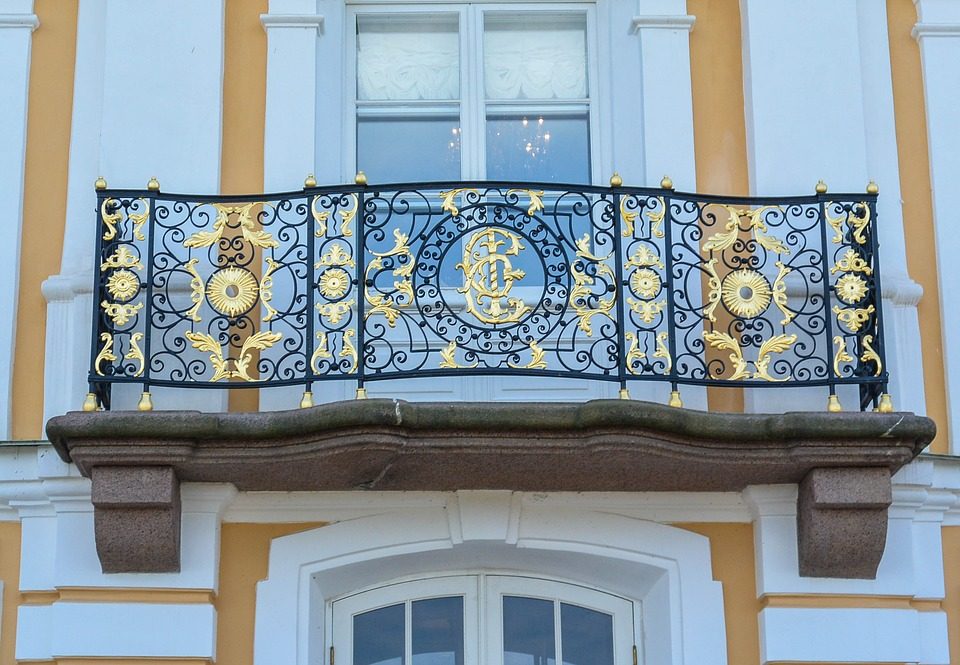The area speaks about an era gone by. For the last quarter century or so, the city of Panjim has been changing rapidly. From being a beautiful capital under the Portuguese (later under Goa government) into the crowded city it is today. But there still exists an area in Panjim that has managed to retain its old world charm. Visiting Fontainhas also known as the ‘Latin Quarter’ is truly a journey into Goa’s past.
Buildings in Fontainhas belong to the Portuguese era. One of the reasons these buildings survive even today is because they always enjoyed good maintenance. By a law under the then Portuguese government all urban residents were asked to paint their houses soon after the monsoon season was over, a practice being followed even today as a custom.
Traditional colours like pale yellow, green, blue and white are still used to paint these houses. Architecture of the houses is the USP (Unique selling property) of this place. Single or two storied houses with tiled roof and hanging balconies, located in close proximity instantly gives you an idea of what life must have been like during the colonial days.
It is said that a Goan expatriate nicknamed ‘Mossmikar’ (because he made his fortune in Mozambique, also a Portuguese colony) developed this area on reclaimed land. On its side ancient creek flows called ‘Ourem creek’. Being on base of Altinho (name of the hill) the area has many springs, hence the name Fontainhas.
A must visit place would be the Chapel of St Sebastian built in 1880. It was also the location of the feast of Our Lady of Livrament. One more interesting reason to visit the chapel would be the unique crucifix. The eyes of Christ’s image on the crucifix are open, reason being its original location was the Palace of inquisition at Old Goa. As if to strike fear amongst the people being interrogated during the ill famed inquisitions. The unique crucifix is also said to have rested at the Adil Shah’s palace in Panjim before the Portuguese Governor left for Cabo. Soon after that it was moved to the Chapel where the unique crucifix has rested since then.
Today the Fontainhas accommodates hotels, pubs, taverns, coffee shops, eateries etc. it has been receiving a high frequency of visitors, many of them being tourists (Domestic and foreign as well). The area is covered in heritage walks conducted in the Panjim, giving the visitors a chance to fully understand Goa. Fonte Phoenix, a natural spring is a must visit spot.
For those who want to enjoy the cultural aspect of Goa excluding the commercial hustle-bustle, Fontainhas (in Panjim) is the right place to be.


